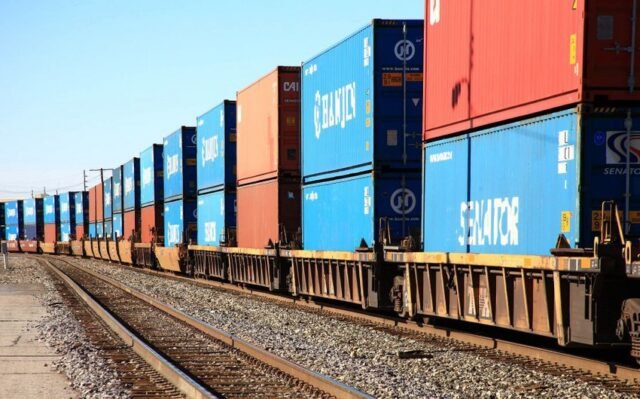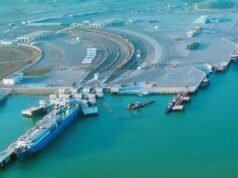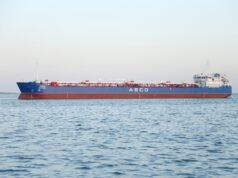Azerbaijan’s geopolitical position, located at the junction of Europe and Asia, in the 21st century is becoming not just an advantage, but a key factor in forming the new logistics architecture of Eurasia. Located at the crossroads of East-West and North-South, the country has traditionally played the role of a transit artery between great civilizations. Today, in the context of global supply chain transformation and increasing competition for transport routes, Azerbaijan is focusing on becoming an international transport and logistics hub, in which JSC Azerbaijan Railways (ADY) plays a leading role.
Crossroads of civilizations and transport flows
Historically, Azerbaijan was at the center of ancient caravan routes, including the Great Silk Road. Modern geoeconomics has only strengthened the significance of these connections. Against the backdrop of growing confrontation between global centers of power, disruptions in maritime supply chains, and sanctions pressure on key logistics countries, land routes through the South Caucasus are gaining new momentum. Here, Azerbaijan, as the only country in the region having land borders with both Russia and Iran, holds a unique position.
The focus on transport infrastructure in Azerbaijan is not accidental, but the result of long-term strategic thinking. President Ilham Aliyev initiated large-scale investments in the development of railway and port infrastructure, thanks to which Azerbaijan has become a crucial participant in both the Middle Corridor and the North-South Corridor.
The multimodal structure of transit transportation through Azerbaijan’s territory – encompassing railway, road, sea, and air transport – requires close multilateral cooperation and coordination at the international level. The consistent strategic steps taken by Azerbaijan in this direction are already demonstrating concrete results.
The country’s railway system plays a key role in organizing transit flows. Since 2020, the volume of railway transportation has been steadily growing. While in 2020, as many as 14.6 million tons of cargo were transported in all modes: transit, import, export, and domestic, in 2024, it exceeded 18.6 million tons. In the first five months of 2025, the transportation of 7.05 million tons was ensured.
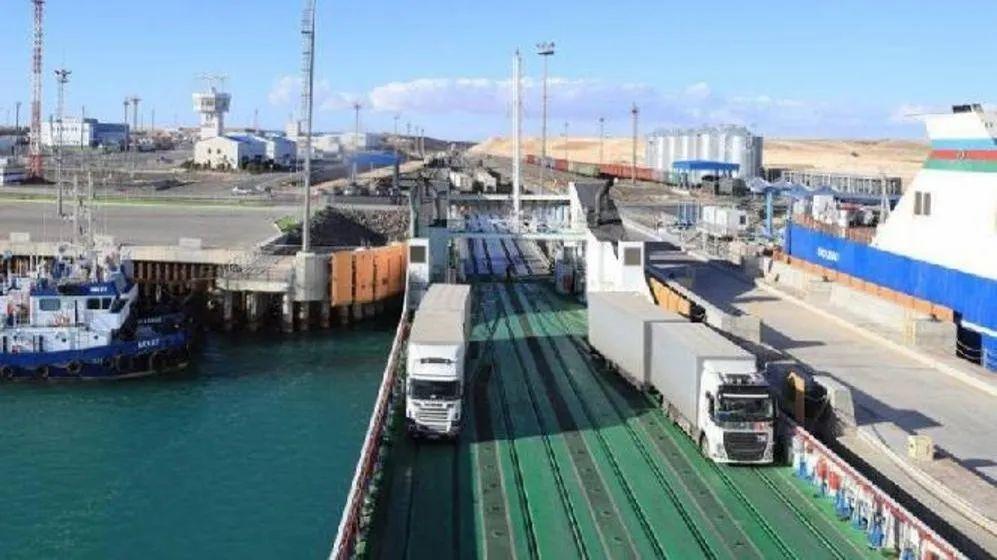
At the same time, the volume of transit transportation last year increased by 76.6% compared to 2020, and by 6.2% compared to 2023, reaching 7.3 million tons. The volume of transit cargo transported in January-May 2025 has already reached 2.7 million tons. In import transportation, the highest indicator in five years was achieved in 2024 – 5.2 million tons (an increase of 10% over the year). The main transit route – East-West – provided transportation of 7.9 million tons last year (an increase of 8.5% over five years), and 3.2 million tons of cargo in the first five months of 2025. Next in terms of transportation volume are the North-South routes – 5.5 million tons (+12.5%) and 2.1 million tons, North-West – 4.6 million tons (2.4 times increase) and 1.5 million tons respectively.
These indicators confirm that Azerbaijan’s railway infrastructure not only successfully copes with growing logistical demands but also becomes a sustainable backbone for trans-regional transport flows.
Accelerating East-West Integration
Today, Azerbaijan Railways plays a leading role in the formation and development of international transport corridors passing through Azerbaijan’s territory. The company not only efficiently organizes transit but also actively contributes to increasing the competitiveness, sustainability, and attractiveness of routes. ADY also acts as one of the key participants in international coordination in the transport sector on behalf of Azerbaijan.
One of the priority directions is the Middle Corridor (Trans-Caspian International Transport Route) – a strategic alternative to northern routes through Russia. After the start of military operations in Ukraine and the imposition of sanctions against Russian logistics, interest in the Middle Corridor has significantly increased.
Additional momentum could come from the possible closure of the Strait of Hormuz, which would lead to serious logistical disruptions in global trade. Under these conditions, the importance of alternative energy and logistics routes increases. Countries in the region – Azerbaijan, Türkiye, Kazakhstan, Uzbekistan, and Georgia – are gaining strategic importance as transit hubs. Europe, in turn, will accelerate efforts to diversify energy sources and delivery routes, including the development of the Green Transport Corridor through the Caucasus.
The Middle Corridor provides cargo transportation between East Asia and Europe along the route: China – Kazakhstan – Caspian Sea – Azerbaijan – Georgia – Türkiye – Europe. Since the formation of the corridor in 2017, ADY has been an active participant and co-author of key decisions.
Azerbaijan didn’t limit itself to supporting the main route but also initiated projects for its diversification and creation of additional branches. One of the most important was the launch in 2017 of the Baku-Tbilisi-Kars (BTK) railway line, which provided direct railway connection between Azerbaijan, Türkiye, and Europe.
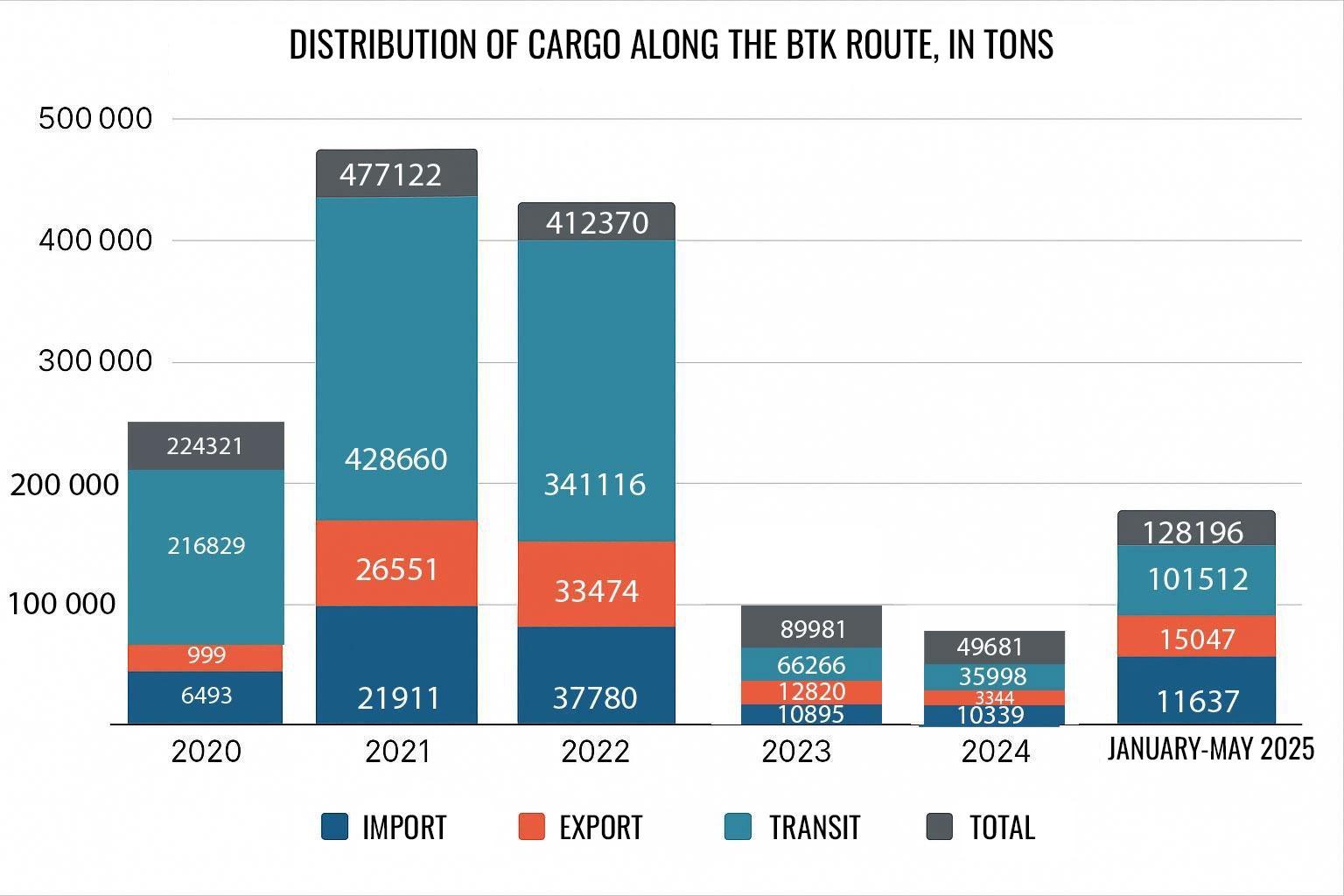
After the completion of the modernization of the Georgian section of the BTK line in 2024, the route’s capacity increased from 1 to 5 million tons per year, which became an important step in improving the efficiency of the entire East-West transit route. And after a year-long break, freight transportation on the BTK line was officially resumed on May 20.
Since June 2024, the expansion of the Middle Corridor’s capabilities has allowed the launch of test shipments not only from Xi’an, China, but also from a major logistics hub – the port of Lianyungang.
An additional step was the creation, at Azerbaijan’s initiative, of the International Association “Eurasian Transport Route,” which is developing the eastern branch of the Middle Corridor. It includes China, Tajikistan, Kyrgyzstan, Uzbekistan, Turkmenistan, and Azerbaijan.
The key project of the eastern branch is the China-Kyrgyzstan-Uzbekistan railway along the Kashgar – Torugart – Makmal – Jalalabad – Andijan route. It is planned to provide transportation of up to 15 million tons of cargo per year and reduce delivery time to 7 days. Modern logistics infrastructure will be created along the route: terminals, warehouses, service areas. This will open new opportunities not only for the participating countries but also for their neighbors – Tajikistan, Turkmenistan, Afghanistan, and Pakistan.
Until the completion of the main route, transportation is carried out by trucks to railway stations in Kyrgyzstan and further through Uzbekistan. It is expected that the project implementation will additionally attract 7-10 million tons of cargo per year to the Middle Corridor.
Another important element of integration is the construction of the Horadiz-Aghband railway line, as well as the modernization of the railway network in the Nakhchivan Autonomous Republic. This will establish direct rail communication between Nakhchivan and the main territory of Azerbaijan, creating a new branch of the Middle Corridor with access to Türkiye and Europe. Such steps not only strengthen Azerbaijan’s geo-economic positions but also enhance the sustainability of the entire Eurasian transport system.
Eurasian Land Bridge in the New Geopolitical Reality
A recently published analytical report prepared by the Astana International Financial Center in collaboration with the Institute for Development and Diplomacy at ADA University also notes the increasing strategic importance of the Middle Corridor in the context of global logistics transformation and the shift in global trade routes.
According to the report, the corridor’s efficiency has significantly increased in recent years: cargo delivery time has been reduced from 38-53 days to 19-23 days, with plans to achieve 15 days in the near future. For comparison, the sea route from China to Europe takes 30-45 days and is subject to disruptions, especially given the instability in the Red Sea area.
Cargo flow dynamics confirm the growing interest in the route. While about 840,000 tons were transported via the Middle Corridor in 2021, in 2024 this figure reached 4.5 million tons, representing a 435% increase in just three years. This year, 5.2 million tons are expected. The goal for 2030 is to reach 10 million tons, and according to World Bank estimates – 11 million tons. With further intensification of regional instability, these forecasts may be revised upward, as the possible closure of the Strait of Hormuz will increase interest in the Trans-Caspian route, especially for container transportation.

According to EBRD estimates, if current development rates continue, the volume of transit container transportation along the Central Trans-Caspian route may grow from 18,000 TEU in 2022 to 130,000 TEU by 2040. And with the implementation of targeted reforms and large-scale investments to 865,000 TEU, which is 48 times more.
To achieve this, it is necessary to implement seven directions for improving soft infrastructure (including digitalization of document flow, unification of systems, simplification of procedures, development of PPP and liberalization of tariff policy); complete 33 infrastructure projects in Central Asia worth 18.5 billion euros.
Implementation of these measures will reduce transit time to 13 days and significantly increase the capacity of the Middle Corridor, turning it into one of the key routes of global logistics.
Even before the escalation of Iran-Israel relations, the Middle Corridor attracted interest from global players. For instance, Italy expressed its intention to become the “European harbor” for this route – receiving cargo from Central Asia and the Indo-Pacific region with subsequent distribution to EU countries. Considering the trade volume between China and the European Union, reaching $800 billion per year, even a partial redistribution of cargo flows – at the level of 10% – in favor of the Middle Corridor promises significant transit revenues and strengthening of geoeconomic positions for the countries of the region, especially Azerbaijan.
From Europe to India via the Caspian Sea
The integration of the North-South international transport corridors and the Middle Corridor is becoming a key factor in reducing logistical constraints and strengthening regional sustainability. In this context, in 2024, Azerbaijan significantly intensified cooperation with both neighboring countries and international institutions, focusing on the development of transport infrastructure and the expansion of transit potential.
Azerbaijan is actively developing the western direction of the North-South international transport corridor, connecting Northern Europe, Russia, and Iran with the Indian Ocean. In December 2024, an agreement on cooperation in the field of transit cargo transportation was signed between Azerbaijan and Russia, including the development of railway infrastructure and increasing capacity. The goal is to stimulate the attraction of new cargo flows and ensure a balance between growing demand and infrastructure capabilities.
In parallel, negotiations were held on completing the construction of a railway terminal in Astara (Iran) by the end of 2025 and on expanding the activities of the joint venture LLC South Cargo Terminal, which manages infrastructure on both sides of the border. In 2024, the reconstruction of the Azerbaijani part of the terminal in Astara was completed, modern border and customs infrastructure was implemented, and preferential tariffs were introduced to stimulate multimodal transportation.
It is expected that after the completion of the Astara-Rasht (Iran) section, the volume of cargo transportation along this route will significantly increase. Alternative routes are also being developed, including Imishli (Azerbaijan)-Parsabad-Ardabil with access to the port of Bandar Abbas. These routes require consideration of geological and infrastructural features within Iran.
Azerbaijan is the only country in the region that has land borders with both Russia and Iran, making it a key link in the western section of the North-South corridor. Participation in the project opens direct access for Azerbaijan to the rapidly growing markets of the Indian Ocean, including India, and allows diversification of foreign economic relations, not limited to the Europe-Caspian Sea direction.
Given access to the Caspian Sea and developed connections with Kazakhstan, Turkmenistan, and Uzbekistan, a powerful industrial and logistics base is being formed in the area of the port of Alat. Attracting investors and manufacturers from countries – from Russia and Iran to the US – makes this region a promising industrial cluster of Eurasia.
The potential of the transit route is estimated at 15 million tons of cargo per year. Azerbaijan, according to forecasts, can earn up to $250-300 million annually from the transit of goods from India and Southeast Asian countries. The North-South axis route is 800 km shorter than alternative routes, provides cargo delivery 10-15% cheaper and 20 days faster compared to the route through the Suez Canal.
The future belongs to flexible logistics
As can be seen, Azerbaijan, thanks to its geographical position and strategic approach, is confidently establishing itself as one of the key logistics centers of Eurasia. Flexibility, reliability, and multimodality are becoming the main requirements for modern logistics, and Azerbaijan with its modernized railway infrastructure, developing ports, and digital solutions is at the forefront of this process.
This article was prepared as part of the competition of CJSC Azerbaijan Railways and the Press Council on the topic “Azerbaijan Railways – 145 years of development”
report.az



